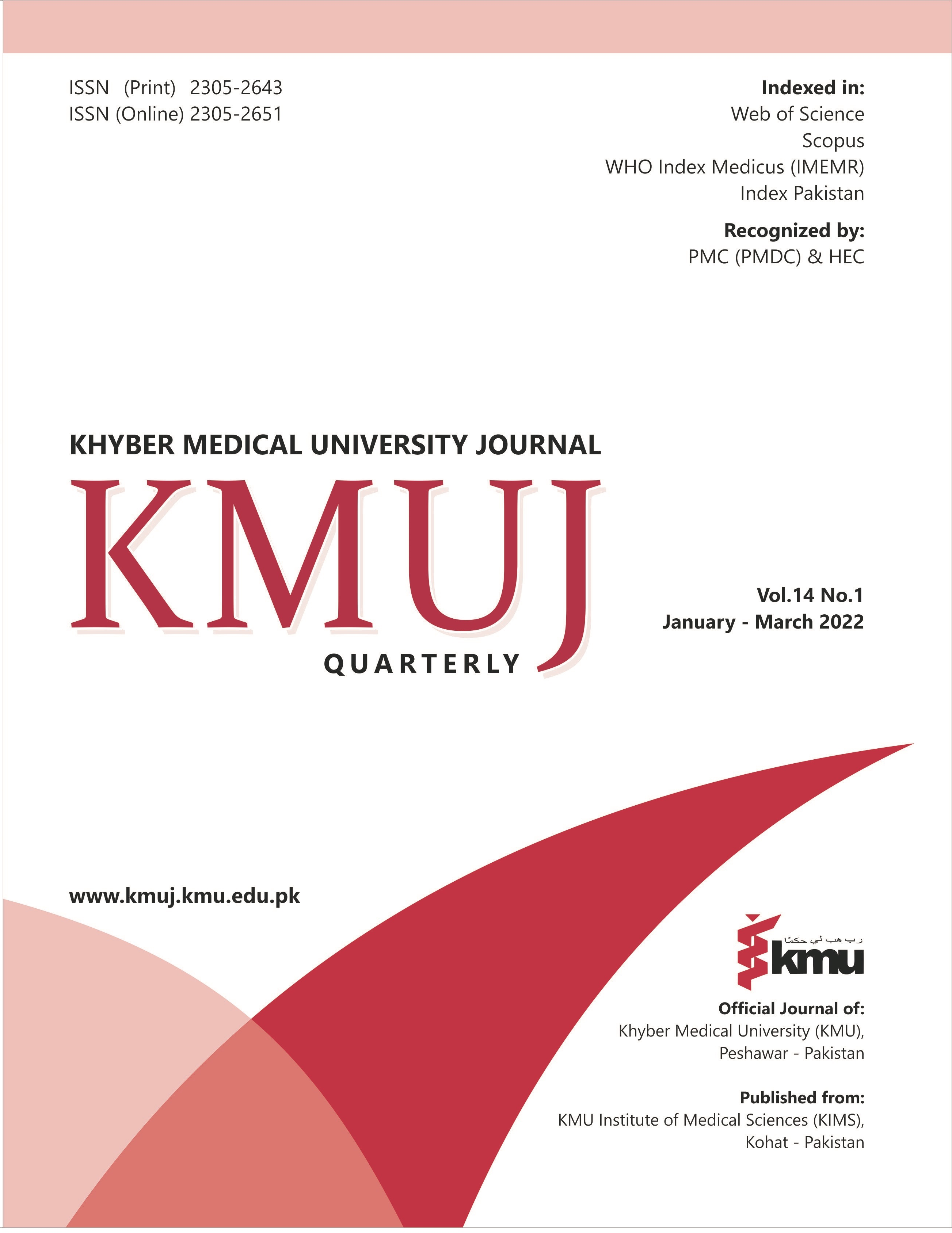CHANGES IN THE TREATMENT PLANS OF GLAUCOMA PATIENTS IN A REAL-WORLD SITUATION
Main Article Content
Abstract
OBJECTIVE: To determine the changes in glaucoma prescriptions during a single visit in real-world situation at Al-Shifa Trust Eye Hospital, Rawalpindi, Pakistan.
METHODS: This cross-sectional descriptive study was conducted at Glaucoma Department of Al-Shifa Trust Eye Hospital, Rawalpindi, Pakistan from September 1st, 2015 to February 29th, 2016 after the ethical approval. Of total 876 consecutive participants, 868 were included in the study. Complete ocular examination was carried out for each subject including intraocular pressure (IOP) by Goldmann, visual field and nerve fiber analysis if it was scheduled. Ocular and systemic co-morbidities as well as ocular surgeries were also noted. Number of topical medications including anti-glaucoma and other drugs were recorded before and after their visit. The changes in anti-glaucoma medications were then categorized as unchanged, changed, added or deleted. The results were analyzed via SPSS version-24.
RESULTS: A total 1600 eyes of 868 patients were included in this study. Out of 868 patients, 507 (58.41%) were males and 291 (33.52%) were in 61-70 years age group. Majority of patients (n=680/868: 78.34%) had open-angle glaucoma. Out of 1600 eyes studied, 574 (35.87%) had moderate and 556 (34.75%) had severe stage of glaucomatous optic neuropathy. During single visit, glaucoma-related prescriptions were unchanged, changed, added and deleted in 618/868 (71.20%), 84/868 (9.68%), 95/868 (10.94%) & 71/868 (8.18%) patients respectively. In our study, 911/1600 (56.94%) eyes achieved target IOP ≤14 mmHg.
CONCLUSION: In real-world situation, most of our glaucoma patients were stable and required no changes to their prescriptions in single visit.
Article Details
Work published in KMUJ is licensed under a
Creative Commons Attribution 4.0 License
Authors are permitted and encouraged to post their work online (e.g., in institutional repositories or on their website) prior to and during the submission process, as it can lead to productive exchanges, as well as earlier and greater citation of published work.
(e.g., in institutional repositories or on their website) prior to and during the submission process, as it can lead to productive exchanges, as well as earlier and greater citation of published work.
References
Tham YC, Li X, Wong TY, Quigley HA, Aung T, Cheng CY. Global prevalence of glaucoma and projections of glaucoma burden through 2040: A systematic review and meta-analysis. Ophthalmology 2014;121(11):2081-90. https://doi.org/10.1016/j.ophtha.2014.05.013
Prum BE, Lim MC, Mansberger SL, Stein JD, Moroi SE, Gedde SJ, et al. Primary Open-Angle Glaucoma Suspect Preferred Practice Guidlines. Ophthalmology 2016;123(1):P112-51. https://doi.org/10.1016/j.ophtha.2015.10.055
Heijl A, Leske MC, Bengtsson B, Hyman L, Bengtsson B, Hussein M, et al. Reduction of intraocular pressure and glaucoma progression: Results from the Early Manifest Glaucoma Trial. Arch Ophthalmol 2002;120(10):1268-79. https://doi.org/10.1001/archopht.120.10.1268
Quigley HA. 21st century glaucoma care. Eye (Lond) 2019;33(2):254-60. https://doi.org/10.1038/s41433-018-0227-8
Singh K, Shrivastava A. Early aggressive intraocular pressure lowering, target intraocular pressure, and a novel concept for glaucoma care. Surv Ophthalmol 2008;53(Suppl 1):S33-8. https://doi.org/10.1016/j.survophthal.2008.08.007
Gaasterland DE, Ederer F, Beck A, Costarides A, Leef D, Closek J, et al. The Advanced Glaucoma Intervention Study (AGIS): 7. The relationship between control of intraocular pressure and visual field deterioration. Am J Ophthalmol 2000;130(4):429-40. https://doi.org/10.1016/s0002-9394(00)00538-9
Khan H, Mahsood YJ, Gul N, Ilyas O, Jan S. Factors Responsible for Non-Compliance of Glaucoma Patients to Topical Medications in Our Setup. Pakistan J Ophthalmol 2018;34(4):265-71. https://doi.org/10.36351/pjo.v34i4.266
Guedes RA, Guedes VM, de Mello Gomes CE, Chaoubah A. Maximizing cost-effectiveness by adjusting treatment strategy according to glaucoma severity. Medicine (Baltimore) 2016;95(52)e5745. https://doi.org/10.1097/md.0000000000005745
Nayak B, Gupta S, Kumar G, Dada T, Gupta V, Sihota R. Socioeconomics of long-term glaucoma therapy in India. Indian J Ophthalmol 2015;63(1):20-4. https://doi.org/10.4103/0301-4738.151458
Sadiq M, Jabeen S, Mahsood YJ, Akhtar F. Pharmacological Aspects and Utilization of Topical Antiglaucoma Drugs. Al-Shifa J Ophthalmol 2018;14(1):34-43.
Moroi SE, Reed DM, Sanders DS, Almazroa A, Kagemann L, Shah N, et al. Precision medicine to prevent glaucoma-related blindness. Curr Opin Ophthalmol 2019;30(3):187-98. https://doi.org/10.1097/icu.0000000000000564
Chen PP. Blindness in patients with treated open-angle glaucoma. Ophthalmology 2003;110(4):726-33. https://doi.org/10.1016/s0161-6420(02)01974-7
